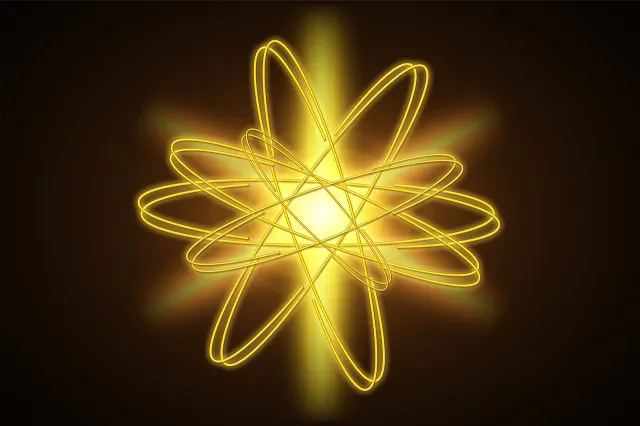Energy is a fundamental concept in physics and plays a crucial role in all aspects of life. It is the ability to do work or produce change and exists in various forms, each with its own characteristics and applications.
Forms
of Energy
Kinetic Energy: This is the energy of motion. When an object moves, it possesses kinetic energy. Examples include a moving car, a swinging pendulum, or a flying bird.
Potential Energy: Potential energy is stored energy that an object has due to its position or condition. It can be gravitational, elastic, or chemical in nature.
Thermal Energy: Thermal energy is the energy associated with the movement of particles within a substance. It is what we commonly refer to as heat.
Chemical Energy: Chemical energy is stored in the bonds of chemical compounds. When these bonds are broken, energy is released. Examples include the energy stored in food, batteries, and fossil fuels.
Electrical Energy: Electrical energy is the energy associated with the flow of electric charge. It powers our homes, industries, and technology.
Nuclear Energy: Nuclear energy is the energy stored in the nucleus of an atom. It is released through nuclear reactions such as fission and fusion.
Light Energy: Light energy is electromagnetic radiation that is visible to the human eye. It illuminates our world and enables photosynthesis in plants.
Sound Energy: Sound energy is produced by vibrations traveling through a medium, such as air, water, or solids. It is detected by the human ear and used in communication, music, and various technologies.
Mechanical Energy: Mechanical energy is the sum of kinetic and potential energy in a system. It is associated with the motion and position of objects.
Gravitational Energy: Gravitational energy is the potential energy associated with the gravitational force between objects. It depends on their masses and distances.
Elastic Energy: Elastic energy is the potential energy stored in elastic materials, such as springs, rubber bands, and compressed air.
Magnetic Energy: Magnetic energy is the energy associated with magnetic fields and magnetic forces. It is produced by moving electric charges and is used in various technologies such as electric motors and generators.
Conclusion
Understanding the diverse forms of energy is essential for harnessing them effectively and developing sustainable energy solutions for the future.
FAQs
What
are the main forms of energy?
The main forms include kinetic, potential, thermal, chemical, electrical, nuclear, light, sound, mechanical, gravitational, elastic, and magnetic energy.
How
is energy converted between different forms?
Energy can be converted through processes like mechanical work, chemical reactions, electromagnetic radiation, and nuclear reactions.
Which
energy forms are sustainable?
Renewable energies like solar, wind, hydroelectric, and geothermal are considered sustainable due to their replenishable nature.
How
can individuals help conserve energy?
Individuals can conserve energy by practicing energy-efficient habits, using renewable energy sources, and supporting energy-saving technologies.
Why
is it important to understand energy diversity?
Understanding
energy diversity helps us develop efficient technologies, address environmental
concerns, and ensure a sustainable energy future.



0 Comments